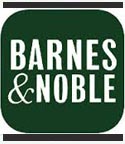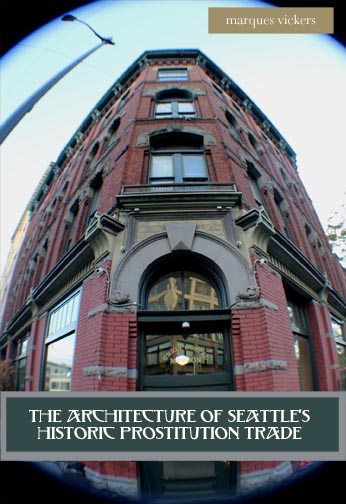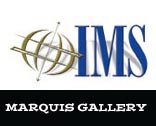
Adobe PDF File eBook Ordered From This Website Will Be Delivered Within 24-48 Hours from your confirmed order as we manually process each order. Thank you for your understanding.
“The Architecture of Seattle’s Historic Prostitution Trade” is a photographic examination of 48 documented and probable buildings employed in Seattle’s historical sex commerce. The 245-page edition illuminates the historical background, building detailing and known anecdotes behind each structure. The principal Seattle red-light neighborhoods include the Pioneer Square and the Ballard districts. The infamous LaSalle Hotel in Pike Place Market and the former Lester Apartment complex located on Beacon Hill round out the compilation. The 500-unit Lester building was once considered the largest operating brothel in the world.
Seattle’s wide-open frontier environment in the late 19th century stimulated a proliferation of vice related services including gambling houses, saloons and houses of prostitution. Statutes were loosely enforced, law enforcement corruption rampant and the tax revenues levied against brothels and sex workers essential to maintaining a financially destitute municipality.
Many historians have noted that the prostitution industry saved the expanding settlement and literally paved the sidewalks of the commercial district. The timber industry, Klondike Gold Rush (1896-1899) and the city’s seaport location swelled the region’s influx of males seeking entertainment, social diversions and female companionship.
Vickers book profiles some of the most colorful and influential personalities including theatre impresario John Considine and notable Madams Mary Ann Boyer (nicknamed Madame Damnable), Lou Graham and Nellie Curtis.
The author elaborates on the documented history, owners, architects, tenants and historical uses of each building. His text cites distinctive architectural details on the composition, façade components and alterations over the decades following the initial construction. Each building is photographed from multiple angles offering a multi-faceted perspective glimpse.
Pioneer Square
The history of the historic Seattle downtown business district begins in tidal flatlands off the shoreline of Elliott Bay. These early garbage dumps escalate into mounting hillsides. This contrasting topography forms the Pioneer Square district. The prostitution houses of the Tenderloin (red-light district) tended to concentrate below the lava beds south of Mill Street (now Yesler Way). Constricted crib houses, often consisting only of a single bed, enabled prostitutes to practice their craft expediently. The women serviced incoming loggers, sailors and during the Klondike Gold Rush (1897-1899), mining prospectors. With this continued influx of males, brothels and box houses thrived. First Avenue became a magnet for approximately sixty such enterprises. Box houses were known as low-end theatres featuring actresses offering drinks and personal sexual services. Any restaurant or saloon with upstairs accommodations was assumed to be a practicing brothel. Public perceptions and social mores altered. Periodic local reform movements followed licentious tolerance,
Ballard District
The Ballard district of Seattle originally was a separate community incorporated in 1890 before voting to annex with Seattle in November 1906. As an established seaport, incoming sailors sought recreational diversions during their stretches of shore leave. Ballard brothels followed a familiar pattern of composition. Saloons, restaurants and commercial businesses were located on the ground level with lodgings on the upper. Shared bathroom facilities were common and rooms might change guests multiple times during a weekend evening. Steadily over the decades, more enduring and legitimate architecturally designed commercial buildings replaced early simplistic wood-framed structures.
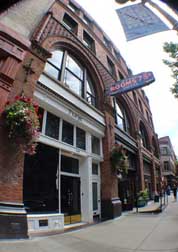
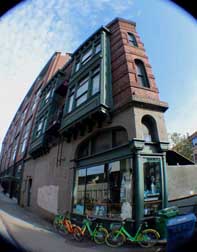
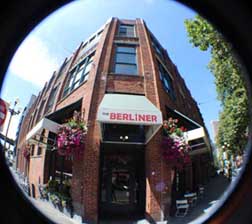
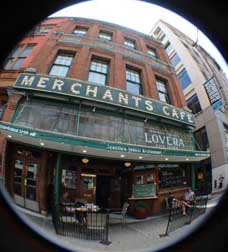
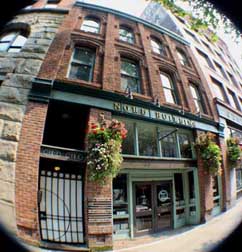
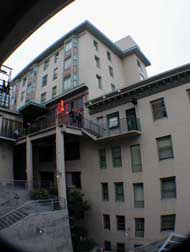
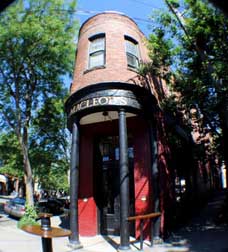
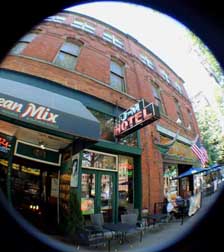
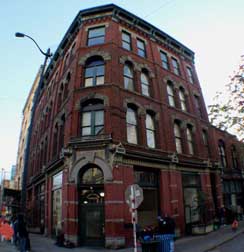

Marquis Publishing is a publisher of paperback and electronic books.
MARQUIS PUBLISHING
California, USA
1 (707) 712-8062
marques@artsinamerica.com

